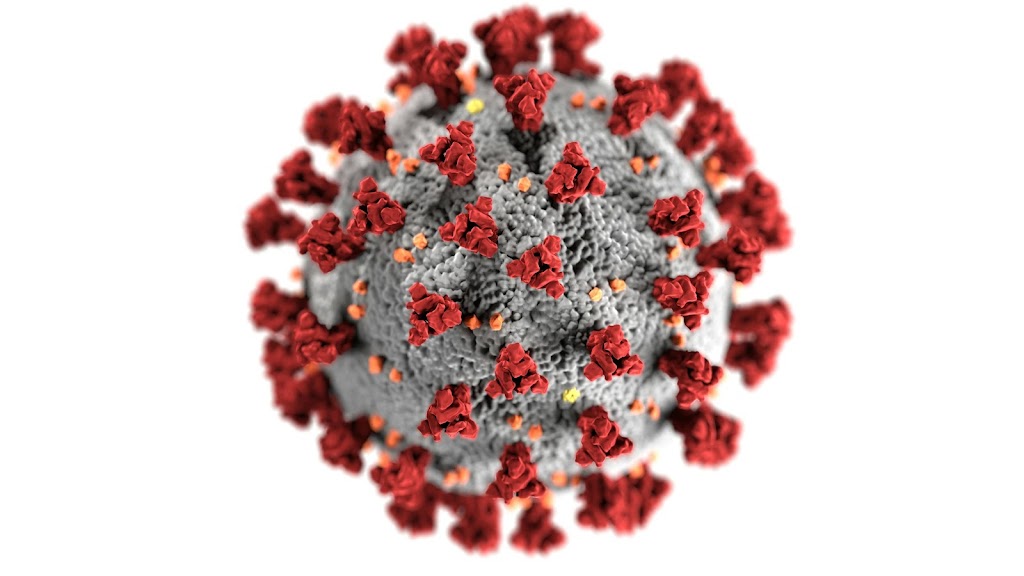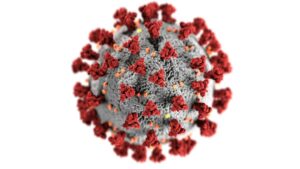Understanding Bird Flu: Causes, Symptoms, and Prevention Tips: Bird flu, also known as avian influenza, is a viral infection that primarily affects birds. However, certain strains of the virus can infect humans, leading to serious health concerns. Over the years, bird flu outbreaks have raised alarms globally due to their potential to cause pandemics. In this blog, we’ll dive into the causes, symptoms, and practical prevention tips to help you stay informed and protected.
What is Bird Flu?
Bird flu is caused by influenza viruses that naturally occur in wild aquatic birds such as ducks and geese. While most strains are harmless to humans, some, like H5N1 and H7N9, have crossed species barriers and infected humans, often with severe consequences. These human cases are typically linked to close contact with infected birds or contaminated environments.
The virus is highly contagious among birds and can spread quickly in poultry farms, leading to large-scale outbreaks. Its potential to mutate and adapt to human hosts is what makes it a global health concern.
Causes of Bird Flu
Understanding the causes of bird flu is crucial in preventing its spread. Here are the primary ways the virus spreads:
- Contact with Infected Birds
Humans can contract the virus through direct contact with infected birds, including chickens, ducks, and turkeys. This includes handling live or dead birds that carry the virus.
- Contaminated Environments
The virus can be present in bird droppings, feathers, or secretions from the eyes and respiratory tract of infected birds. People exposed to contaminated surfaces, like cages or equipment used in poultry farming, are at risk.
- Consumption of Contaminated Poultry Products
While rare, consuming undercooked or raw poultry and eggs from infected birds can pose a risk. Proper cooking kills the virus, reducing the likelihood of infection.
- Human-to-Human Transmission
While bird flu does not easily spread between humans, rare cases of limited human-to-human transmission have been reported, often in close family or caregiving settings.
Symptoms of Bird Flu
The symptoms of bird flu in humans can range from mild to severe. They are similar to seasonal flu symptoms, making it difficult to diagnose without laboratory testing. Here are the common symptoms:
- Early Symptoms
High fever (above 38°C or 100.4°F)
Cough
Sore throat
Muscle aches
- Advanced Symptoms
Difficulty breathing or shortness of breath
Chest pain
Severe respiratory distress
Pneumonia
- Other Possible Symptoms
Diarrhea
Nausea or vomiting
Conjunctivitis (red, itchy eyes)
If you experience any of these symptoms, especially after exposure to birds or poultry, it’s essential to seek medical attention immediately. Early detection and treatment can significantly improve outcomes.
Who is Most at Risk?
While anyone can contract bird flu, certain groups are more vulnerable, including:
- Poultry farmers and workers in poultry processing plants
- Veterinarians and animal handlers
- People who handle or prepare raw poultry frequently
- Individuals traveling to areas with known bird flu outbreaks
Prevention Tips for Bird Flu
Preventing bird flu requires a combination of personal hygiene, safe cooking practices, and avoiding contact with infected birds or environments. Here are some practical tips to stay safe:
1. Practice Good Hygiene
- Wash your hands frequently with soap and water for at least 20 seconds, especially after handling birds or poultry.
- Use hand sanitizer with at least 60% alcohol when soap is not available.
2. Avoid Contact with Wild Birds
- Avoid touching wild birds, whether they appear healthy or not.
- Refrain from visiting bird markets, especially in areas with active outbreaks.
3. Cook Poultry and Eggs Thoroughly
- Ensure poultry is cooked to an internal temperature of at least 165°F (74°C) to kill the virus.
- Avoid consuming raw or undercooked eggs.
4. Wear Protective Gear
- If you work in poultry farming or handle birds regularly, wear gloves, masks, and protective clothing to minimize exposure.
5. Disinfect Surfaces and Equipment
- Clean and disinfect surfaces, tools, and equipment used in handling birds to reduce the risk of contamination.
6. Stay Informed
- Stay updated on bird flu outbreaks in your region or areas you plan to visit.
- Follow guidance from local health authorities and the World Health Organization (WHO).
7. Get Vaccinated if Available
- While a universal bird flu vaccine is not widely available, some vaccines are developed for specific strains during outbreaks. Consult your healthcare provider for advice.
What to Do During a Bird Flu Outbreak
If there’s an outbreak in your area, follow these steps to minimize your risk:
- Avoid live bird markets or farms.
- Refrain from handling dead wild birds.
- Pay attention to any symptoms if you’ve been exposed to birds or poultry.
- Follow travel advisories and avoid regions with active outbreaks.
Treatment for Bird Flu
If you are diagnosed with bird flu, antiviral medications, such as oseltamivir (Tamiflu) or zanamivir (Relenza), may be prescribed to reduce the severity and duration of the illness. These medications are most effective when taken within the first 48 hours of symptom onset.
In severe cases, hospitalization may be required, and supportive care, such as oxygen therapy or mechanical ventilation, may be necessary.
Global Impact of Bird Flu
Bird flu outbreaks not only pose a threat to human health but also have significant economic consequences. Poultry industries often face massive losses due to culling infected birds to control the spread of the virus. Additionally, the global spread of bird flu highlights the need for international collaboration in surveillance, prevention, and response strategies.
Conclusion
Bird flu is a serious health concern, but by understanding its causes, recognizing its symptoms, and taking preventive measures, you can reduce your risk of infection. Whether you’re a poultry worker, a traveler, or simply someone who enjoys eating chicken, staying informed and adopting safe practices is key.
Remember, prevention starts with awareness. Share this information with your family and friends to help them stay protected too. Together, we can minimize the impact of bird flu on our health and communities.
Hashtags
#BirdFlu #AvianInfluenza #FluPrevention #PublicHealth #HealthTips #StaySafe #InfluenzaAwareness #GlobalHealth


